
(a) Multiband/Broadband/mutlifunctional Smartphone/Tablet/Laptop Antennas
Despite the extreme miniaturization of electronics down to the nanoscale, the laws of physics do not allow antennas to be miniaturized in the same way! Efficient antennas must have a size that cannot be much shorter than the corresponding wavelength of operation. Nevertheless, in modern telecommunication equipment, antennas have to fit in confined spaces (e.g. smartphones, tablets etc.), cope with multi-band/multi-standard protocols and radiate efficiently to conserve battery life. Moreover, in emerging communication protocols (e.g. 4G/LTE) multiple antennas have to be integrated in the handheld while providing independent channel operation. Hand-in-hand with industry we are pioneering the next generation of handheld antennas to solve or mitigate some of these issues by utilizing some of the unique properties offered by metamaterials. This is combined with several additional strategies such as tuning with embedded varactors to extend the usable bandwidth and with special "non-Foster" electronic cells to move beyond the fundamental "Chu" size limit.
[1] H. Mirzaei and G.V. Eleftheriades, "A compact frequency-reconfigurable metamaterial-inspired antenna", IEEE Antennas and Wireless Propagation Letters, vol. 10, pp. 1154-1157, Oct, 2011.
[2] H. Mirzaei and G.V. Eleftheriades, "A Wideband metamaterial-inspired compact antenna using embedded non-Foster matching", IEEE Intl. Symposium on Antennas and Propagation and USNC/URSI National Radio Science Meeting, Spokane, WA, July 3-8, 2011.
[3] J. Zhu and G.V. Eleftheriades, "A simple approach for reducing the mutual coupling in two closely spaced metamaterial-inspired monopole antennas", IEEE Antennas and Wireless Propagation Letters, vol. 9, pp. 379-382, April 2010.
[4] J. Zhu, M.A. Antoniades, and G.V. Eleftheriades, "A compact tri-band monopole antenna with single-cell metamaterial loading", IEEE Trans. Antennas and Propagat., vol. 58, no.4, pp. 1031-1038, April 2010.
[5] F. Qureshi, M.A. Antoniades, and G.V. Eleftheriades, "A Compact and low-profile metamaterial ring antenna with vertical polarization", IEEE Antennas and Wireless Propagation Letters, vol. 4, pp.333-336, 2005.
(b) Aperture Antennas
For satellite telecommunications and defence applications usually there is a need for high-directivity, scannable antennas. To a certain extent this is also true for terrestrial base-station antennas. Challenges here include the reduction of losses on the feed-network, the ability to scan over large sectors in space at a low cost, and the enhancement of the directivity. Metamaterials can play a significant role in solving some of these problems and in creating novel large antenna concepts and techniques. For example in the past we have shown how backward-wave radiation can be generated by periodic leaky-wave metamaterial structures radiating in their fundamental n=0 spatial harmonic [1]. This combined with the standard ability of leaky-wave antennas to radiate in the forward direction provides a unique mechanism for scanning over the entire space. Other opportunities lie with synthesizing apertures exhibiting a zero-index of refraction such that uniform aperture fields can be established in free space thus maximizing directivity.
[1] A. Grbic and G.V. Eleftheriades, "Experimental verification of backward-wave radiation from a negative refractive index metamaterial", Journal of Applied Physics, vol. 92, no. 10, pp. 5930-5935, Nov. 2002.
[2] T. Kokkinos, C.D. Sarris and G.V. Eleftheriades, "Periodic FDTD analysis of leaky-wave structures and applications to the analysis of negative-refractive-index leaky-wave antennas", IEEE Trans. on Microwave Theory Tech., vol. 54, no. 4, pp. 1619-1630, April 2006.
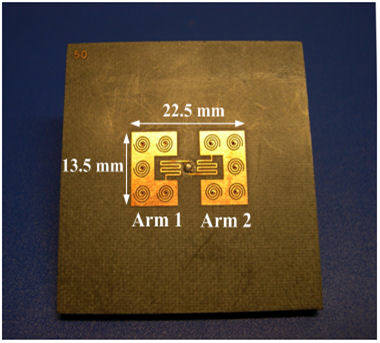
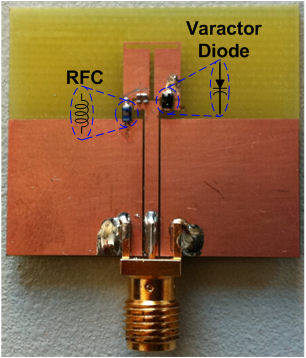
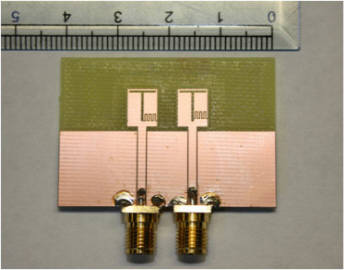
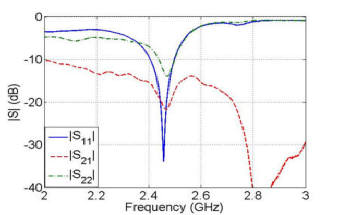
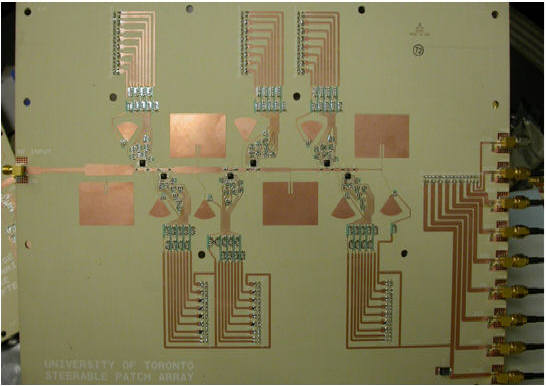
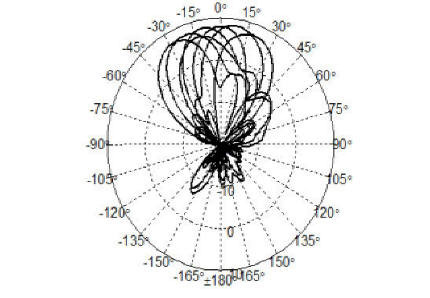
METAMATERIAL-INSPIRED ANTENNAS